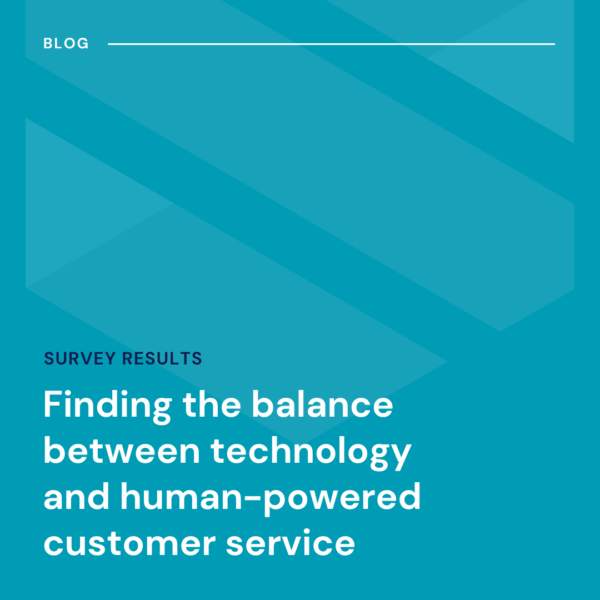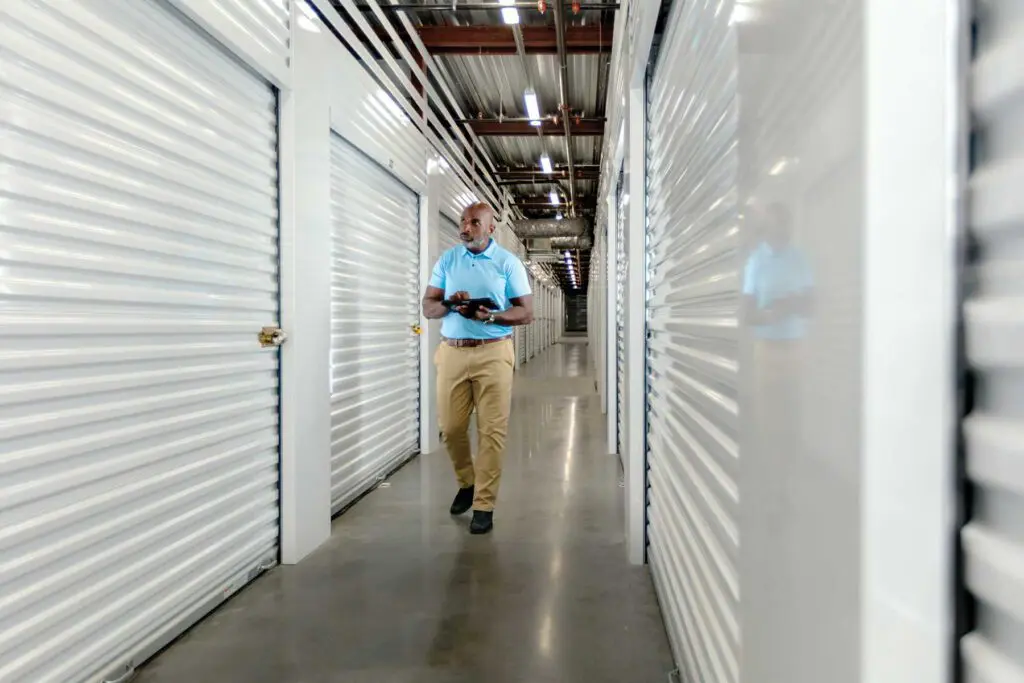While customer demand for self-storage is temporarily subdued, enthusiasm for the industry definitely is not.
As always, Storable was at the most recent Inside Self-Storage World Expo holding conversations with seasoned self-storage operators and prospective industry entrants alike. In light of the current headwinds and tailwinds impacting the U.S. self-storage space, what we heard was illuminating.
Ryan Ellis, a senior solution architect for Storable, led a series of roundtable discussions during the expo and heard from many that leads are no longer falling from the sky.
“To kick off the discussion we started off with the same trend, overall search and occupancy is down. I’d say about half of the table agreed they felt that in their own business,” Ellis said.
This means that operators now need to take extra steps to push their business in front of good buyers. One common step has been for operators to put units on sale. The downside to this approach is that it attracts a type of tenant that only wants to buy the cheapest unit, and many agreed this isn’t ideal for the long-term health of the businesses.
“This statement had the whole table nodding every time,” said Ellis.
Instead, many felt that beefing up their digital presence was the way to go when it comes to attracting quality tenants in the current environment. According to Ellis, a website with online move-ins is a good start but to compete for top spots operators are increasingly turning to enhancements like digital marketing services, advanced SEO, and AI tools to aid in content generation for websites.
While the shifting market environment has operators looking at new ways to cultivate leads, many operators are still looking to grow their business through new development.
“This year we talked to more people building and about to open after years long projects versus last year when people had land but hadn’t started building yet,” said Storable Product Marketing Manager Kristin Rosario.
Some operators expressed opinions about tariffs and rising building costs. Smaller operators expect to get hit the hardest by these trends, and expressed concerns about the cost to expand or finish new builds as a result.
Raising rates on customers was another hot topic, according to Rosario.
“Larger operators are comfortable experimenting but rate increases for other operators are determined by the market,” Rosario said, “In a small low-income town they don’t want to raise rates, or if a competitor is close by they don’t want to raise rates.”
Through all of these discussions, it is clear that operators have adopted various strategies to navigate the drop in demand that has followed the pandemic-era surge. These approaches vary widely depending on geographic location, business size, and level of technological sophistication. Analyzing data, calibrating marketing approaches, and closely monitoring market prices have emerged as useful methods for achieving success in the present climate. Overall, operators are taking a steady and patient approach to growth that leverages investments in technology to overcome current market challenges.








